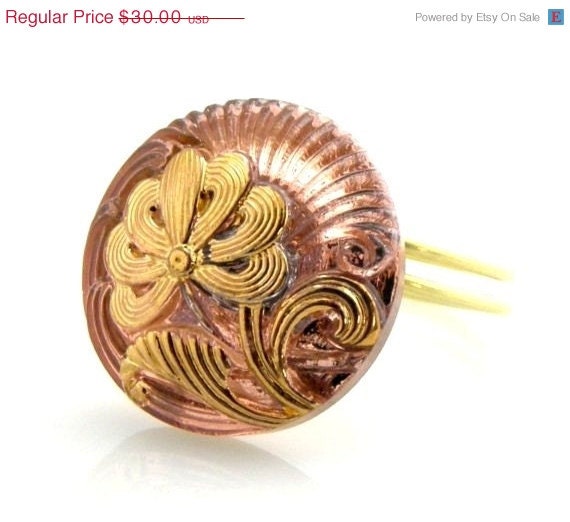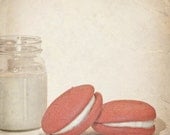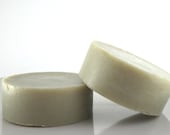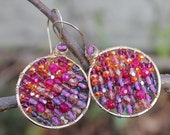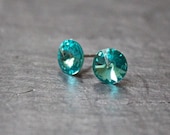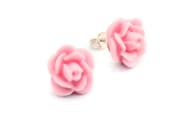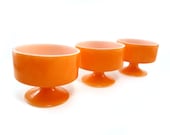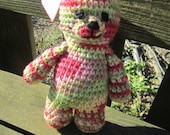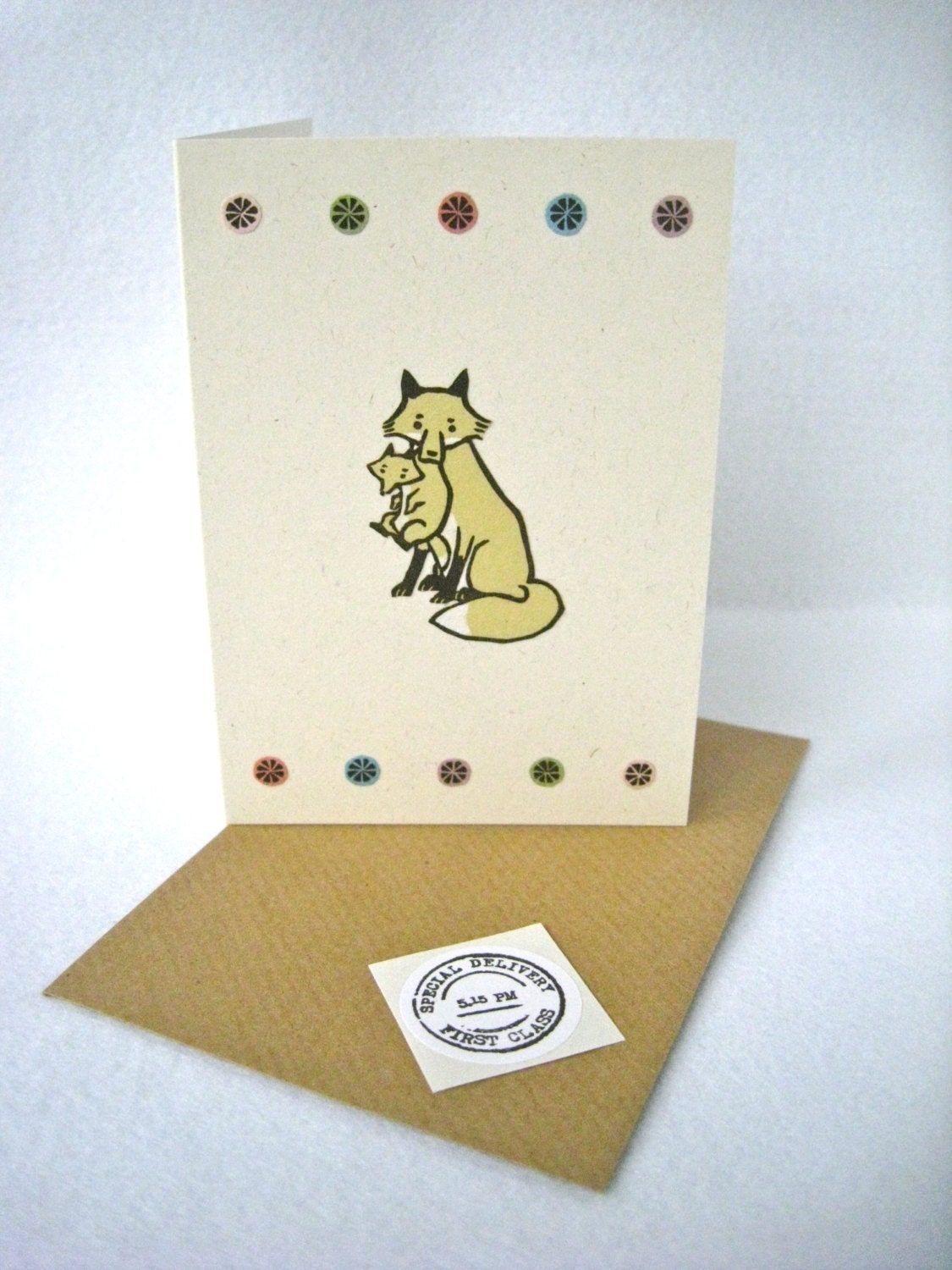As your business continues to grow, you'll need to develop a system for inventory management. In
a previous post, we discussed the why an inventory management system is necessary; today we'll discuss how to develop your system.
Consider the variety of your products. What do they have in common? If you develop a variety of products, try to align them similar to how you would shop a department store: bedding, kitchen, clothing, decor. If your products are in a similar line, such as jewelry, align them around similar functions: necklaces, earrings, bracelets. And don't be afraid to be specific.
When I first started my inventory management system, I grouped my products similar to
the sections in my Etsy shop: container candles, tea lights, votives, etc. For the most part this worked.....but then I needed a way to differentiate between three container candles I carry. While "container candles" creates a category of similar enough products, I have a different pricing structure for my 7 oz and 12 oz candles. So in addition to the tea lights and votives, I now have separate product categories for my 7 oz. container candles, as well as my 12 oz. status jar and 12 oz interlude jar candles.
You'll also want to be able to differentiate between sub-categories. At D'Lites by Dorene, I use a sub-category of fragrance. If your product is jewelry, you may choose a sub-category of metal or stone; if your product is paper products, you may choose a category of notecards and a sub-category of stamped or stenciled.
Why are sub-categories important? Because at some point, you'll probably want to cross reference your products to understand your best sellers. For example, I can easily identify by my Etsy sales that tea lights are my best selling product. But what if I want a better understanding of my best selling fragrance? This is where having a sub-category and the ability to sort comes in handy. Think of how you could get a better understanding of which stone sells best or whether your stenciled or stamped products are most preferred.
As I've mentioned before, I utilize the online system Stitchlabs to manage my inventory. What's nice about this system is it has already developed dashboard functionality to show my sales trends.
This can also be easily accomplished using Excel or another spreadsheet software. Here's a snapshot of the same information:
And, using a little Excel Pivot Table Magic, here are my top ten fragrances for the same time period:
But what if most items are similar but a few are unique? I have a category for my clearance items, many of which are five or less. The pricing structure is different, but it's still a way for me to collect "similar" products yet use the same formula to be able to analyze my results.
As you grow, you'll find yourself creating a unique identifier for each item - a shorthand method for you and your customers to place and to analyze sales.
What questions do you have? My intent is to "build" this information in segments. Our next chapter will be on how to use our inventory system to develop sales sheets to distribute to retail and wholesale vendors.
Until then, Happy sales!
Dorene










